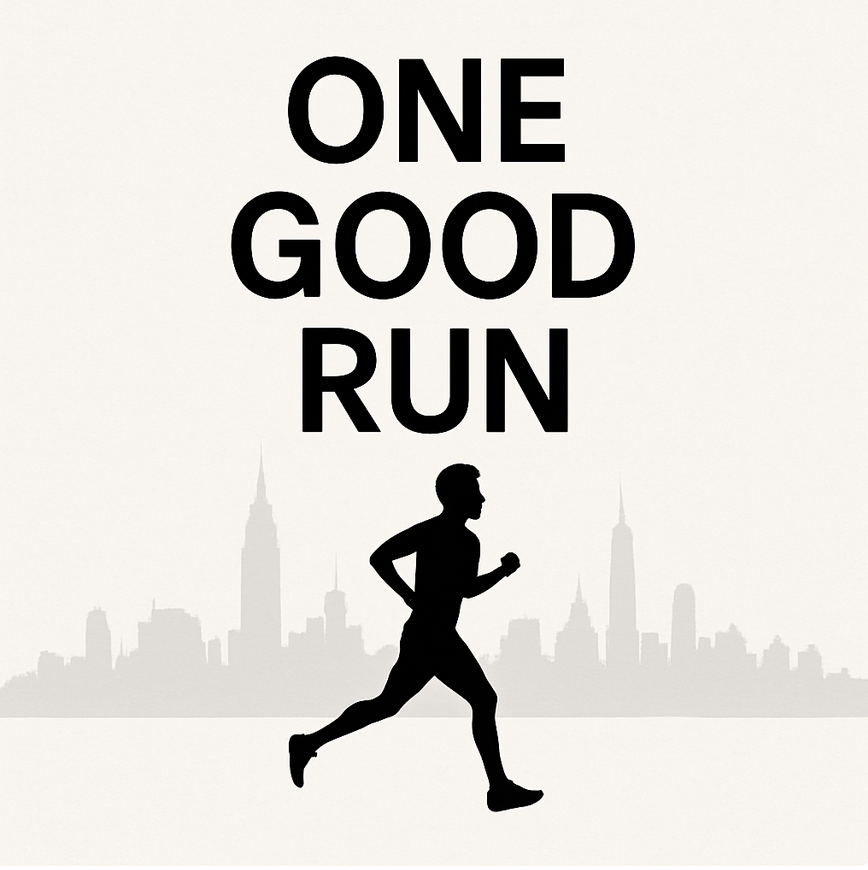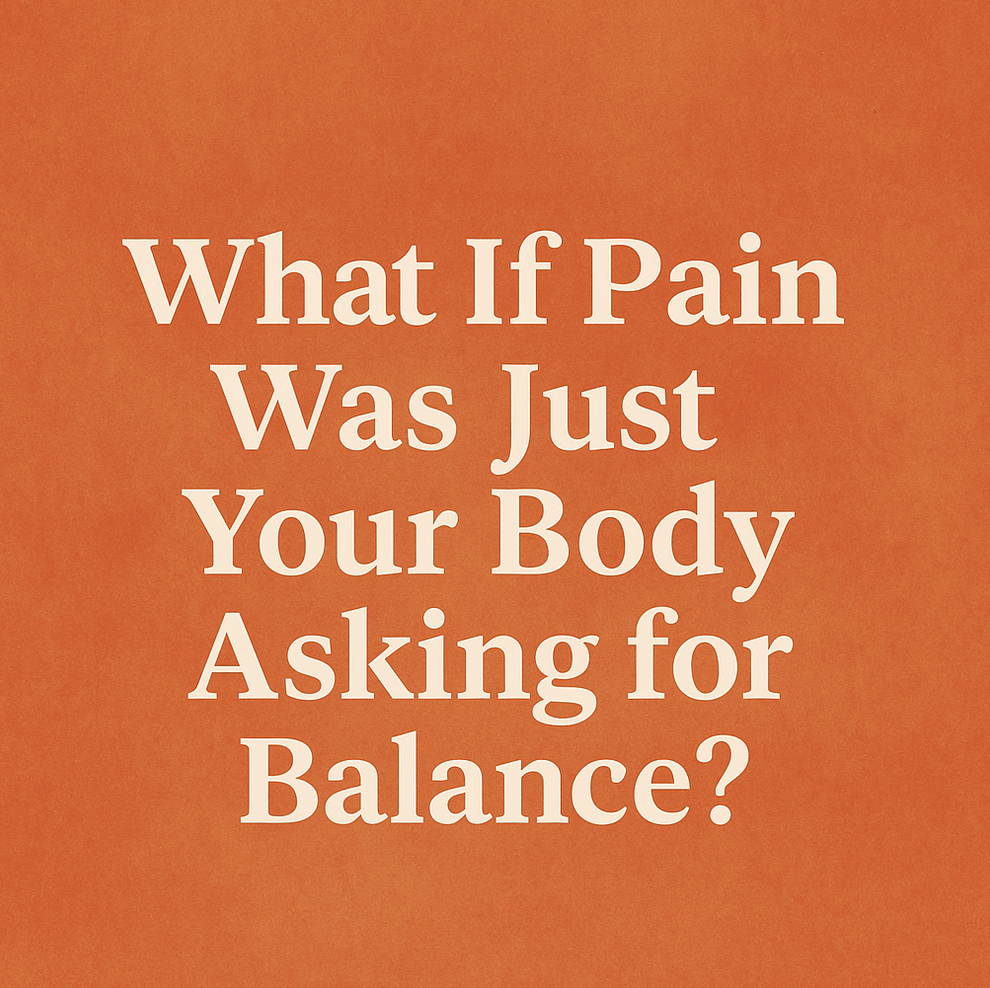I like to think of changing our neuro-muscular habits as similar to the process of creating glass.
Sand is heated up to very high temperature, and then molded and then left to set in a certain desired shape.
The most important part of this process is the heating, where the sand becomes malleable, pliable and able to be worked into a particular shape.
Without the heat, there is a stiff, solid structure with no ability to change.
Our brains and bodies work in a similar way.
In terms of changing our neuro-muscular patterns, aerobic exercise is what creates a similar heat-like environment for creating brain/movement plasticity.
Aerobic exercise (especially running) has shown to strongly increase blood flow to the brain, decreasing inflammation and even stimulating new brain cell growth through the expression of neurotrophic factors (such as BDNF and IGF-1).
Physical exercise facilitates neuroplasticity
An article by Hottling and Roder in Neuroscience and Behavioural Reviews explains the benefits of physical exercise on neuroplasticity.
The authors conclude that increase in cardiovascular fitness has significant neurocognitive benefits.
The hardest part is to begin
If you haven’t moved much for months or years due to pain or general inactivity, your ability to re-wire your movement becomes much more limited.
If you’re already in pain and find movement difficult, a downward spiral can quickly unravel (see picture above).
Getting moving can be tough, but just remember, 90% of the fuel is to get the rocket off the ground is used in the first 2 minutes.
Breaking through movement inertia is hard work, but once you get going, things get much easier and you have made the most important first step in feeling better again.
Guidelines for aerobic exercise if you’re in pain:.
Find something you enjoy and that you could maybe do with a friend to keep you accountable
Start with an easy level (less than 5/10 intensity) You should be able to talk to a friend at your easy pace
Pace yourself. Take short breaks as you need to before you get fatigued
Monitor your 24 hour response and progress gradually as you can
Set up a positive reward immediately following - a nice healthy meal or watch your TV show
Make it fun and playful
Listen to your favourite music or podcast
I would recommend, if you are trying to improve your neuro-muscular patterns, that you spend at least 30-60 minutes per day engaged in low-moderate intensity exercise.
Running stimulates neuro-plasticity
Running deserves a special mention here because I think the process of learning to run can be one of the best things you can invest your time in, in terms of building your foundation through neuro-plasticity.
One of the great things about running, (providing you can learn to listen to your body), is that it gives you ongoing feedback to where your weak links are.
For example, you might be out running and you feel your hip getting tight. After your run, you focus on some specific hip stretching and release exercises. The next you run, your hip feels great.
And then you get a bit quicker and can longer, but then your hamstring starts playing up. Once again you go back and do some hamstring strengthening and once again return to running more resilient and stronger than before.
























